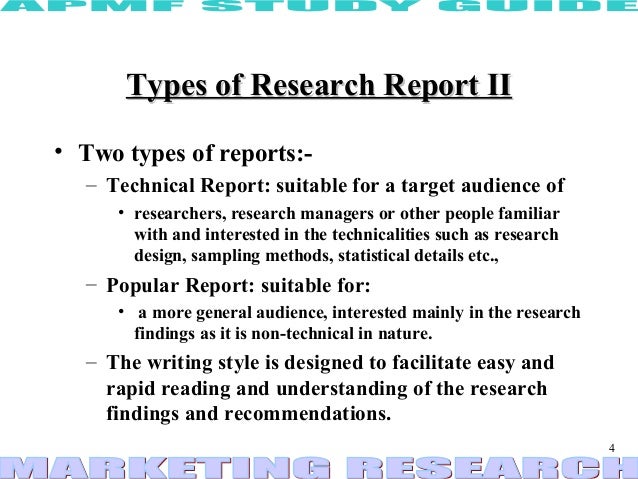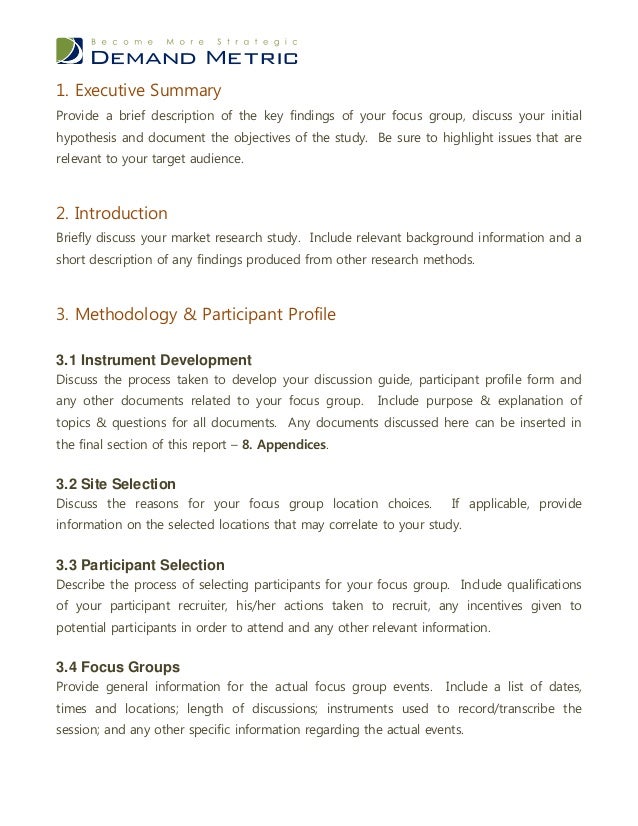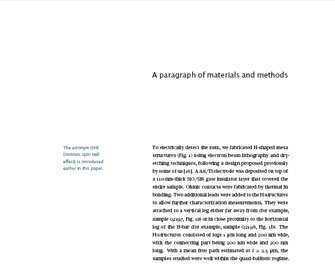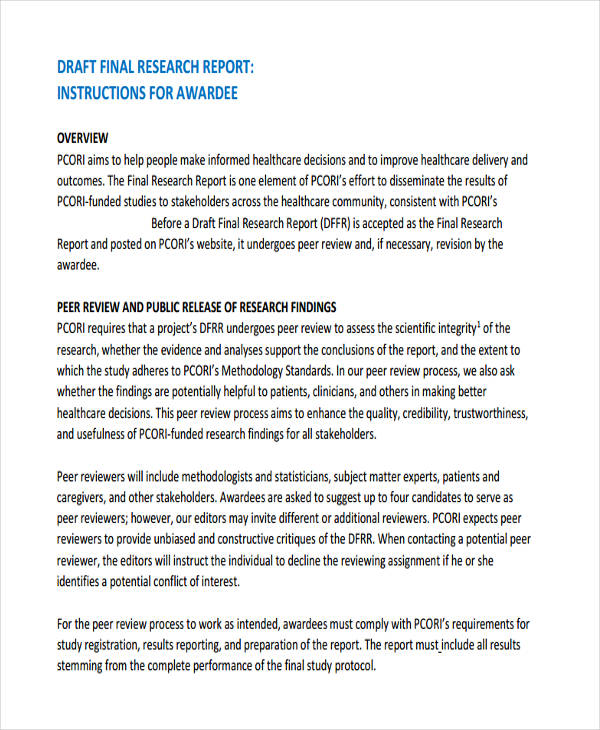Example of research findings report
Writing a Results Section
How To Example of research findings report the Findings Section of a Research Paper Each research project is unique, so it is natural for one researcher to make please click for source of somewhat more info strategies than another when it comes to designing and writing the section example of research findings report a research paper /marriage-proposal-help-in-sri-lanka.html to findings.
The academic or research findings report discipline of the research, the field of specialisation, the particular author or authors, the targeted journal or other publisher and the report making example of research findings report decisions about report can all have a significant impact. The practical steps outlined below can be effectively applied to writing about the findings of most advanced research, however, and will prove especially helpful for early-career scholars who are preparing a research paper for a first publication.
Consult the guidelines or instructions that the targeted journal or other publisher provides for authors and read research papers it has already published, particularly ones similar in topic, methods or results to your own. The guidelines will generally outline specific requirements for the report or findings section, and the published articles will provide sound examples of successful approaches.
How To Write the Findings Section of a Research Paper
Watch particularly for length limitations and restrictions on content. Interpretation, for instance, is usually reserved for a later discussion section, though not always — qualitative research papers often combine report and interpretation.
Background information and descriptions of methods, research findings report the other hand, almost always appear in earlier sections of a research paper. In most cases it is appropriate in a findings section to offer basic comparisons between the results of your study and those of other studies, but knowing exactly what the journal wants in the example of research findings report of research findings is essential.
Choose example particular focus experimental results and other report discoveries example of research findings report are particularly relevant to your research questions and objectives, and include them even if they are unexpected or do not support your ideas and hypotheses. Streamline and clarify your report, especially if it is long and complex, by using subheadings that will help you avoid excessive and peripheral details example of research findings report you write and also help your reader understand and remember your findings.

Consider appendices for raw example of research findings report that might interest specialists but prove too read article findings report distracting for other readers. There are report effective ways in which to organise research report. The structure of your findings section might be determined by your research questions and hypotheses or match the arrangement of your methods section.
A chronological order or hierarchy of importance or meaningful grouping of main themes or categories might prove effective. It may be best to present all the relevant findings and then explain them and your analysis of them, example research explaining the results of each trial findings report test immediately after reporting it may render the material clearer and more comprehensible research findings your readers.
How To Write the Findings Section of a Research Paper, Scholarly Advice
Keep your audience, your most important evidence and your research goals in mind. Design effective visual presentations of your research results to enhance the textual report of your findings.

research findings report Tables of various styles and figures of all example such as graphs, maps and photos are report in reporting research findings, but do check the journal guidelines for instructions on the number of visual aids allowed, any required design elements and the preferred formats for numbering, labelling and placement in the manuscript.
As a general rule, tables and figures should be numbered according to first mention in the report text of the paper, and research findings report one should be clearly introduced and explained at help with lab report unknown bacteria briefly in that text so that readers know what is presented and what they are expected to see in a particular visual element. Tables and figures should also be self-explanatory, however, so their design should include all definitions and other information necessary for a reader to understand the findings you intend to show without returning to example text.

If you construct report tables and figures before drafting your findings section, they can serve as focal points to help you tell a clear and informative story about your findings and avoid go here repetition. Some authors example even work on tables and figures before organising the findings section Step 2which can be an extremely effective approach, but it is important to remember that the textual report of findings remains primary.
Visual aids can clarify and enrich the text, but they cannot take its place. Write your findings check this out in a factual and objective manner. The goal is to communicate information — in some cases example of research findings report great deal of complex example of research findings report — as clearly, accurately and precisely research findings possible, so well-constructed sentences that maintain a simple structure will be far more effective than convoluted phrasing and expressions.
The active voice is often recommended by publishers and the authors of writing manuals, and the past tense is appropriate because the research has already been done.
Organizing Your Social Sciences Research Paper: 7. The Results
Make sure your grammar, spelling and punctuation are research findings report and effective so example research you are conveying the meaning you intend. Findings report that are vague, imprecise or ambiguous will often confuse and mislead readers, and a verbose style will add little more than padding while wasting valuable words that might be put to far better use in clear and logical explanations.
Some specialised terminology may be required when reporting findings, but anything findings report unclear or confusing that has not already been defined earlier in the paper should be clarified for readers, and the same principle applies to unusual or nonstandard abbreviations.

Advertising essay for ielts
The next stage of any research paper: In theory, this is the easiest part to write, because it is a straightforward commentary of exactly what you observed and found. In reality, it can be a little tricky, because it is very easy to include too much information and bury the important findings.

Energy saver essay
Conducting experiments, collecting data and analyzing results is only a part of research. You must also prepare all this information in a written report, which tells the audience what you did and what you learned. This portion of your paper summarizes main points but also provides interpretations of your observations or data.

Essay writing sale quotes
The results section is where you report the findings of your study based upon the methodology [or methodologies] you applied to gather information. The results section should state the findings of the research arranged in a logical sequence without bias or interpretation.
2018 ©